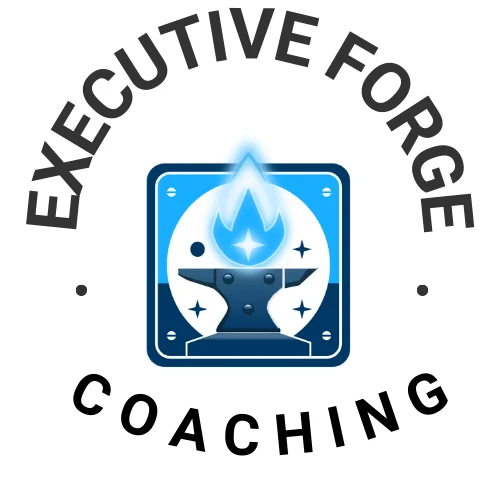Many years ago, I had someone on my team—let’s call him Raj.
Raj was one of the sharpest software architects I’ve ever worked with.
He designed elegant systems, solved the gnarliest problems, and quietly earned deep respect from his peers.
When promotion season came, I was confident he was ready.
But in the leadership review, my manager stopped me with one question:
“Who else knows about Raj?”
I listed some folks—our team, internal partners, maybe a director or two.
He shook his head.
“That’s not enough. I’ve never seen him speak. My peers don’t know who he is. As an architect at the next level, Raj is expected to influence across the company. He might be great—but if no one outside your org sees it, he’s not ready.”
That moment hit hard. Because Raj was ready.
And yet, he was invisible to the people who mattered.
Here’s what’s harder to admit:
That was also a wake-up call for me.
As his manager, I hadn’t created enough opportunities for him to shine.
Not because I didn’t care—but because I was overwhelmed. Constant fires. Endless meetings.
I told myself I was doing my best. But my “best” didn’t include helping Raj be seen.
And here’s the thing—this is typical in tech teams.
Leaders are buried in delivery. Career development slips through the cracks.
Sometimes you’ll get a manager who’s a natural coach and sponsor.
But more often? That’s not your situation.
So what do you do?
Do you wait? Do you blame others?
No. You take your career into your own hands.
And this is where the real resistance kicks in.
When I coach tech professionals on visibility, they almost always push back:
“I don’t want to self-promote.”
“I’m not into marketing myself.”
I get it. That language feels wrong.
But here’s the truth:
Visibility isn’t self-promotion—it’s contribution.
✅ When you share your work, others get the full context
✅ They can identify dependencies before it’s too late
✅ They learn from your thinking, not just the outcome
✅ They spot opportunities to collaborate
✅ They can better align their work with yours
✅ And yes—leaders start to connect the dots between you and the organization’s success
People want to know what you’re working on.
They will not know—unless you tell them.
If you’re ready to start, here are 3 simple strategies from my visibility playbook:
? Narrate your work in progress – Don’t wait for perfection. Share updates, insights, and challenges in team channels or stakeholder syncs. Let people in. Don’t share too many details, think about what you’d want to know about someone else’s work.
? Connect your work to business outcomes – Make your impact visible. Explain how your architecture decision helps reduce latency, increase conversion, or speed up delivery. This is especially important when you have opportunities to interact with senior leaders.
? Step into cross-functional forums – Volunteer for task forces, join architecture reviews, or present in org-wide demos. Just being present can shift perception.
You should think about which senior leaders could benefit from knowing about the work you’re doing. One effective way to connect with these leaders is through skip-level meetings, where you have the opportunity to directly share your progress and impact. I wrote about skip-level meetings on one of my articles.
By proactively communicating your results and aligning them with the organization’s strategic objectives, you increase your visibility and build a reputation as someone who drives value across the company.
What happened with Raj? He eventually got there. We worked on his visibility together.
And when his name came up again, the conversation was different:
“Yes—I know him. He’s ready.”
Visibility isn’t about ego. It’s about alignment, momentum, and opportunity.
It’s also not just about getting promoted. How often do people get average performance ratings and are told that others just don’t know enough about their impact?
Visibility is key for recognition and career progression in any form.
If you’re tired of being overlooked, maybe it’s time to stop hiding in plain sight.


